The Maryland Humanities Council together with the Howard County Historical Society, Howard County Tourism and Promotion, and Howard County Department of Recreation and Parks are pleased to announce the opening of Hometown Teams in Ellicott City, MD this Saturday.
The Howard County Historical Society celebrates local sporting history with a companion exhibit to Hometown Teams at the HCHS Museum. The exhibit highlights the rich traditions of Howard County high school sports and niche or bygone sports like equestrianism, field ball, and fox hunting. The Historical Society has collected images, artifacts, and stories from various team sports decade by decade dating back to the late 1800s.
Rock Hill Baseball Team, Courtesy of Howard County Historical Society
Hometown Teams in Ellicott City: Opening Weekend Activities
Opening Day Celebration
Saturday, September 19 ~ 1:00 – 5:00
Howard County Historical Society Museum
Join us at the exhibition ribbon cutting at 1:00 and tour Hometown Teams
throughout the afternoon in Ellicott City.
19th Century Vintage Baseball Game
Sunday, September 20 ~ 12:00 – 5:00
Historic Mt. Ida Mansion
This look back in time includes two baseball games featuring 19th-century rules, uniforms, and equipment, as well as children’s games from the 1800s. Gates open at noon on Sunday, September 20th, with games at 1:00 and 3:00 p.m. Admission is $5.00.
Horse Show at Doughoregan Manor, Courtesy of Howard County Historical Society
HCHS on Humanities Connection
Every Thursday, MHC invites scholars, partners, and special guests to explore the intersection of the humanities and our daily lives on Humanities Connection, a radio segment that airs on Maryland’s WYPR. Last week, Shawn Gladden, Executive Director of the Howard County Historical Society, spoke about Howard County’s local sports history that will be featured in the companion exhibit. Missed us last week? Catch up on this Hometown Teams segment on Humanities Connection here.

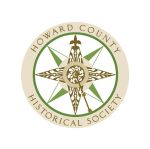
Hometown Teams has been made possible in Maryland by the Maryland Humanities Council. Hometown Teams is part of Museum on Main Street, a collaboration between the Smithsonian Institution and State Humanities Councils nationwide. Support for Museum on Main Street has been provided by the United State Congress.



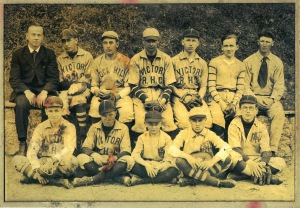

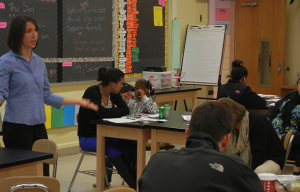
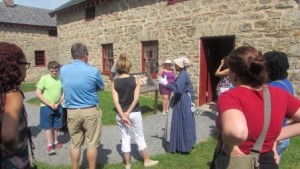

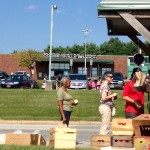 There are kids at the Reading Club table handing out brochures and awards to encourage reading among their peers. A notice reminds patrons of the Book Club meeting in September to discuss The Boys in the Boat,
There are kids at the Reading Club table handing out brochures and awards to encourage reading among their peers. A notice reminds patrons of the Book Club meeting in September to discuss The Boys in the Boat, 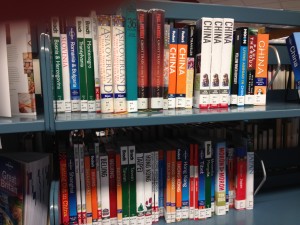 On the surface, the only thing that public library users have in common is that they live within the same radius. But when they enter its domain, they meet as mystery book lovers, job seekers, chess aficionados, teachers, gardeners, beginning readers, wheel-chair users, dog owners, and jazz fans. They come to learn, to laugh, to grow, to plan and make decisions, to play and to debate, to imagine and to understand.
On the surface, the only thing that public library users have in common is that they live within the same radius. But when they enter its domain, they meet as mystery book lovers, job seekers, chess aficionados, teachers, gardeners, beginning readers, wheel-chair users, dog owners, and jazz fans. They come to learn, to laugh, to grow, to plan and make decisions, to play and to debate, to imagine and to understand.